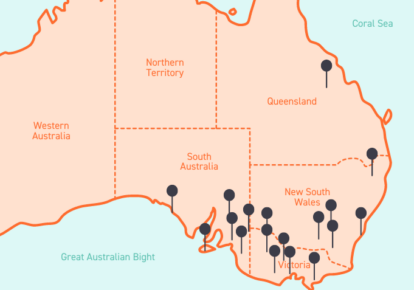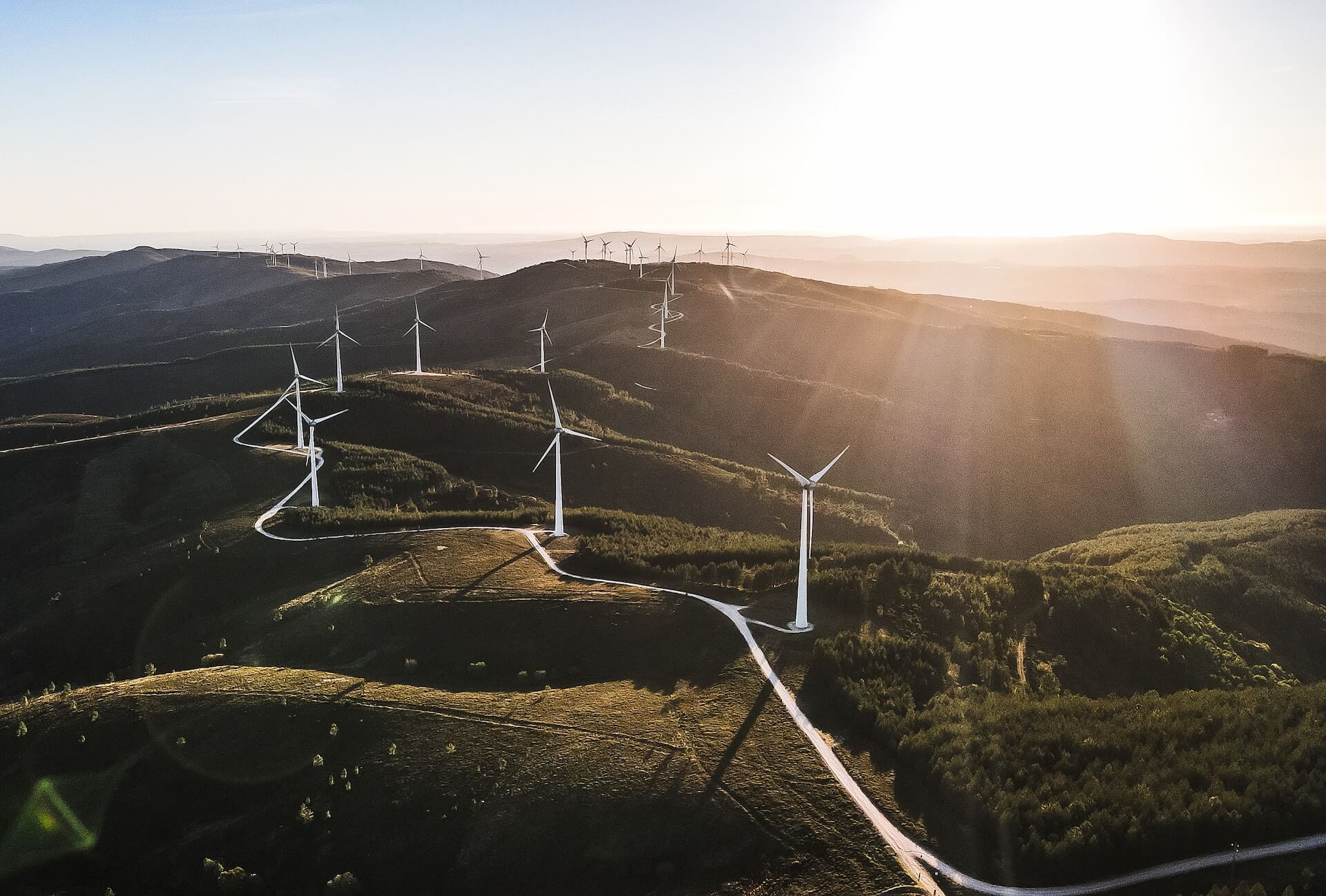Recently, it’s seemed like the media is continuously reporting that there’s not enough power in the system to meet demand. In other words, it can feel like the system is regularly on the edge of blackouts. But is that true?
We’ve taken a look into the Australian Energy Market Operator’s (AEMO) latest report to see just how regularly demand has outstripped supply and how they have worked with the system to keep the lights on.
Lack of Reserve
Firstly, when AEMO forecasts an imbalance between supply and demand they call it Lack of Reserve (LoR). It’s designed to warn the market that they may not be enough power in the grid, including times of peak demand.
There are three stages: LoR 1, 2 and 3.
You could think of these similarly to some models of cars that make a beep’ sound when you’re reverse parking. It gets more urgent as a warning that you are getting too close to the car behind you (not that we recommend that!).
An LoR 1 event is the first warning that there may not be enough supply to meet demand. It is simply a notification to the market to encourage more power to be pumped in.
If you keep backing back, the beeps’ to get louder and faster. LoR 2 events are the second level of warning. AEMO triggers Demand Response programs like the RERT at this stage to reduce the demand on the system.
Finally, if more time passes and you are still edging back, the car plays a continuous beep’ sound until you hear a crunch. Likewise, LoR 3 events are the third stage of supply loss and will trigger the lights to start being switched off. This happened in February 2017 in SA. More than 90,000 homes were powered down, to make sure the rest of the state was stable.
Balancing supply and demand over the last decade
- Ten years ago, in 2008/09 of the 17 stage one events, only 5 of them progressed to forced load shedding under LoR3
- There were 5 instances in the 2016-17 financial year of LoR3 events
- Over the ten years, there’s been an increase in LoR1 events but the market has responded and so there has been less LoR 3 events. (That’s less crunches into the car behind)
- The events match up to tight supply and increased exposure to changing weather patterns
- AEMO’s latest report shows a changing load shape across the day which is resulting in a shorter and later operational demand peak
- The uptake of renewables, installation of solar and behind the meter solutions across the NEM are creating these changes to the market
So what?
This report out of AEMO tells us that over the last ten years, there’s been more times that demand outstripped supply. But it also shows us that demand response has helped minimise forced load shedding to keep the lights on.
We also see the impact of new technologies and changing weather patterns on the system. The times that we use power is changing. That means the peaks are in a shorter window but are higher. Most power users are blocked from these signals because they are on fixed rate contracts – that makes it hard for the market to encourage users to power down. But there’s a new way to buy power.
Businesses and other energy users play an important role in balancing supply and demand in the changing Australian power market. Flow Power has been connecting customers to the signals of the market for nearly ten years. Our customers are involved in demand response programs like RERT and also power down with the price rising during peak times.
Any questions? We’re here to help.
If you’re interested in learning more about demand response, our friendly team are always available for a chat.
If you’re an existing Flow Power customer, please do not hesitate to reach out to your account manager.
If you’re not a Flow Power customer contact our friendly team today:
? 1300 08 06 08 (within business hours)
?️ Live chat message (within business hours via the chat button at the bottom of your screen)
Alternatively, you can submit your questions through our website contact form here.














